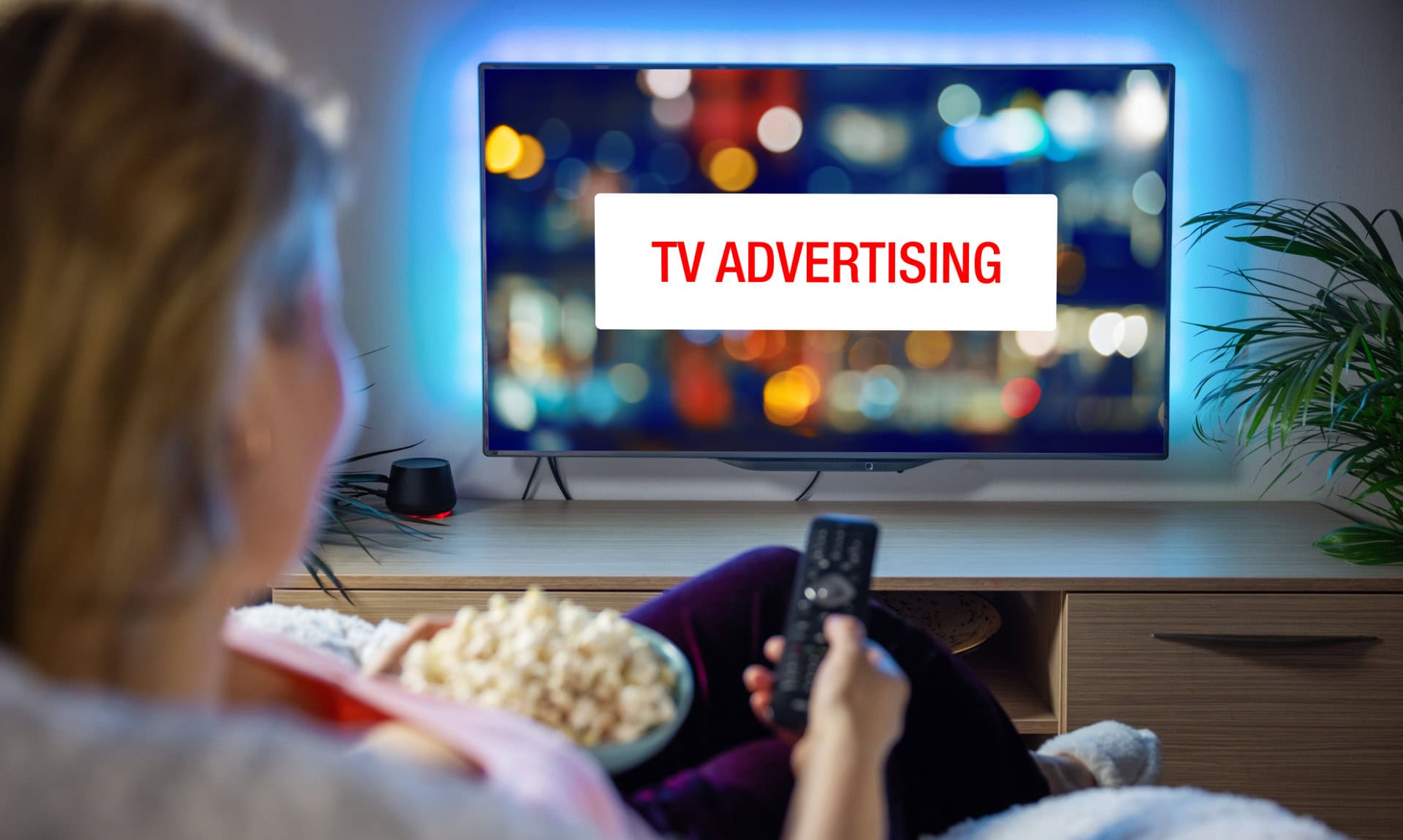
Free Ad-Supported TV: Guide to FAST Streaming Services
Free Ad-Supported TV (FAST) is revolutionizing the way we access entertainment, blending the familiarity of traditional television with the innovation of digital streaming. As FAST platforms multiply, offering an array of FAST channels and content without a subscription fee, they are reshaping viewer habits and expectations.
This article will guide you through the ins and outs of free ad-supported streaming TV, highlighting its benefits, challenges, and future prospects in the media landscape.
What is Free Ad-Supported TV (FAST)?
Free Ad-Supported TV (FAST) refers to streaming services that provide free TV content supported by advertisements, mirroring traditional broadcast models.
These platforms offer a variety of channels across different genres, accessible without a subscription fee, appealing to viewers looking for cost-effective entertainment options. As digital consumption grows, FAST platforms meet the demand for flexible viewing experiences while integrating ads in a less intrusive manner than linear TV.
FAST Channels vs AVOD Services
What is the difference between AVOD and FAST?
AVOD (Advertising-Based Video On Demand) allows viewers to watch videos for free in exchange for viewing ads, typically providing on-demand content selection.
In contrast, FAST mimics a traditional TV experience by offering a lineup of streaming channels that continuously broadcast curated shows and movies with linear scheduled programming and ad breaks.
Benefits of FAST Streaming Services
FAST streaming services are redefining the media landscape with a range of benefits tailored for both viewers and broadcasters.
1. Low Cost of Entry
FAST services lower financial barriers for consumers who want access to a wide range of content without a subscription fee. For broadcasters, this model offers a way to launch channels with minimal upfront investment compared to traditional TV networks.
2. Broad Audience Reach
FAST platforms significantly expand viewer access by offering free, widely available content that appeals to diverse demographics globally. This accessibility helps build larger viewership numbers quickly, making it an attractive platform for advertisers seeking extensive market penetration.
3. Integrated Advertising Opportunities
These platforms provide advertisers with integrated connected TV advertising options that are often more engaging and less disruptive than traditional TV ads. This model benefits advertisers by placing their messages in a more targeted and contextually relevant setting.
4. On-Demand and Live Content Mix
FAST services blend live TV with on-demand features, allowing viewers to choose how and when they engage with content, which increases overall viewer satisfaction. This hybrid approach not only caters to traditional TV enthusiasts but also to digital natives who prefer streaming at their convenience.
5. Customizable Content Streams
Viewers can personalize their viewing experience by choosing from a variety of content streams and genres, which encourages longer viewing times and greater user satisfaction. This customization also allows providers to better segment their audience for targeted streaming advertising.
How Does Free Ad-Supported TV Work?
Understanding how FAST channels function is key to grasping their growing popularity in the streaming market.
- Content Aggregation: FAST providers curate a diverse selection of content, ranging from movies and TV shows to live sports and niche programming, to attract a broad audience.
- Channel Creation: This content is organized into distinct channels within the platform, often themed by genre or interest to simplify navigation for users.
- Ad Integration: OTT ads are integrated into the content stream, similar to traditional TV, with scheduled breaks that generate revenue for the service provider.
- Distribution: The FAST service is made available across various devices and platforms, including smart TVs, mobile devices, and web browsers, ensuring accessibility anywhere with internet connectivity.
- Viewer Access: Users can access these channels for free without needing a subscription, though they must watch ads as part of the viewing experience.
This model not only reduces barriers for consumers entering the streaming world but also offers a monetization strategy that benefits both content creators and advertisers.
Types of FAST Streaming Services & Platforms
Exploring different types of FAST services reveals a diverse landscape of platforms each catering to unique market needs. The main types of FAST platforms are:
Media Company-Owned FASTs
Major media companies own and operate these FAST services, like NBCUniversal’s Peacock and Paramount’s Pluto TV, offering content from their extensive libraries.
Advantages:
- Strong brand recognition attracts viewers.
- Access to a large, proprietary content library.
- High production value of content.
Disadvantages:
- Limited diversity in content styles.
- Potential for prioritizing company content over user preferences.
- Often feature more intrusive advertising.
OEM (Original Equipment Manufacturer) FASTs
OEMs like Samsung with Samsung TV Plus and LG Channels offer built-in FAST services on their devices, utilizing their hardware market penetration.
Advantages:
- Seamless integration with the device.
- Optimized for the device’s capabilities.
- Often includes exclusive content or early releases.
Disadvantages:
- Limited to specific device brands.
- Fewer content options compared to broader FAST platforms.
- Dependency on hardware sales for viewer base growth.
Independent FASTs
Services like Crackle and Plex operate without the backing of a larger media conglomerate, focusing on providing a diverse array of content to capture niche markets.
Advantages:
- Greater flexibility in content curation.
- Often more responsive to user feedback.
- Can offer more innovative or experimental content formats.
Disadvantages:
- Smaller budgets for content acquisition and marketing.
- Less brand recognition can impact audience size.
- Greater susceptibility to market fluctuations.
List of FAST Channels & Platforms
Exploring the different offerings within the FAST streaming landscape provides viewers with a variety of content across multiple platforms. The best free ad-supported streaming services are:
Roku Channel
The Roku Channel, as of early 2024, boasts over 80 million active accounts, featuring a vast array of content ranging from movies and TV shows to live sports. This platform consolidates content from various sources, providing a robust selection of free, ad-supported streaming options. (Learn more about Roku advertising.)
Tubi TV
Tubi, owned by Fox, offers a significant catalog of films and television series spanning various genres, free of charge. As of early 2024, it attracts over 74 million monthly active users, making it a major player in the FAST arena with its extensive range of programming options.
Pluto TV
Pluto TV, operated by Paramount, stands out with approximately 80 million monthly active users as of 2023. It mimics traditional television with a lineup of over 250 channels that include everything from news to niche interest programs, making it one of the largest free streaming platforms available.
Amazon Freevee (IMDb TV)
Amazon Freevee, formerly known as IMDb TV, integrates with Amazon’s vast digital ecosystem to offer a wide range of TV shows, movies, and original programming. With over 65 million monthly active users, the service is known for its high-quality, curated content that is accessible through Amazon devices and apps.
Crackle
Crackle provides a diverse selection of movies and TV shows, supported by periodic ads. It targets niche audiences with unique and original content, distinguishing itself from other platforms by focusing on less mainstream, eclectic offerings.
Xumo Play
Xumo Play, a Comcast-owned service, offers an extensive range of over 290 channels, making it a substantial player in the FAST market. It serves as a pre-installed option on many smart TVs and is accessible through various apps, catering to over 40 million monthly active users with its mix of live and on-demand content.
Peacock
Peacock, launched by NBCUniversal, offers a mix of free and premium content, featuring over 30 million monthly active accounts. Its platform includes a wide range of genres from classic TV shows to modern movies and live sports, making it a versatile option for various viewer preferences. However, Peacock no longer offers their free plan, unless you signed up for the service before February 2023. (Learn more about Peacock advertising.)
Sling Freestream
Sling Freestream, owned and operated by Dish Network, provides a no-cost option with a limited selection of channels focusing mainly on news and some entertainment. This platform is designed to attract users who are looking for free content without the commitment of a full subscription.
Vudu
Vudu, owned by Fandango, is a service that offers both free and purchasable content, boasting over 60,000 titles in its collection. The platform is known for providing high-quality video streaming and a vast selection of movie and TV show rentals.
Plex
Plex combines personal media with free live TV, delivering over 250 channels and a comprehensive on-demand library. This service is unique in that it allows users to also stream their own media content from a personal server, adding a personalized touch to the viewing experience.
Samsung TV Plus
Samsung TV Plus offers an extensive range of over 2,000 channels globally, reaching an audience across 24 countries on more than 535 million devices. It provides a vast array of content including news, sports, and entertainment, all available without any subscription fees.
LG Channels+
LG Channels+ provides a diverse selection of content, including over 300 channels that range from news and sports to movies and kids’ shows, accessible on LG Smart TVs and supported devices. This service leverages its platform to offer a wide variety of both live and on-demand content, catering to a global audience.
Vizio WatchFree+
Vizio WatchFree+ offers hundreds of free channels and a large selection of on-demand movies and TV shows. It is available on Vizio Smart TVs, providing users with a wide range of genres without the need for subscriptions or additional hardware.
Google TV
Google TV, previously known as Google Play Movies & TV, integrates streaming services and apps into one interface, allowing users to browse content across providers. It offers personalized recommendations based on viewing habits and is available on Android devices and TVs with Google TV software.
Redbox Live TV
Redbox Live TV provides free live and on-demand streaming with hundreds of channels available. It focuses on a mix of entertainment, lifestyle, and news content, aiming to replicate the traditional TV watching experience without any cost to the viewer.
What Is the Future of FAST Channels?
The future of FAST channels appears promising with advancements in technology and changing viewer habits favoring more personalized and on-demand content. As the audience for traditional TV dwindles, advertisers and content creators are increasingly turning to FAST platforms to capture the attention of a fragmented audience across various devices.
Furthermore, as machine learning and AI become more integrated into these services, we can expect even more customized viewing experiences and innovative programmatic advertising solutions that enhance user engagement and satisfaction.
How Do vMVPDs Fit into the Fast Landscape?
vMVPDs (virtual Multichannel Video Programming Distributors) integrate into the FAST landscape by offering a bridge between traditional cable TV and purely internet-based streaming services. Providers like Hulu offer packages of live TV channels over the internet without the need for a cable subscription, catering to viewers who still seek a live TV experience but prefer the flexibility and often lower costs of streaming.
While FAST platforms focus on delivering content for free with ads, vMVPDs often offer a broader range of channels, including premium options, under a subscription model, complementing the free services and providing a comprehensive viewing option for users.
Free Ad-Supported Streaming TV: Final Thoughts
The evolution of FAST streaming services and their growing ecosystem, from media giants to independent platforms, signifies a shift in how audiences consume media and how advertisers reach consumers. As technology continues to advance, the integration of AI and machine learning will likely make FAST channels even more appealing by enhancing personalized viewing experiences and creating smarter advertising solutions.
News Via Inbox
Get our monthly report on all the latest and greatest trends in digital marketing.



